Understanding Image Color Modes
The color mode of an image is a model that expresses a certain color in digital form, or a way to record the color of an image. It is divided into: RGB mode (ideal for digital displays), CMYK mode (optimized for print media), HSB mode (intuitive hue-saturation-brightness representation), Lab color mode (device-independent color space), grayscale mode (scientific imaging and monochrome graphics), indexed color mode (limited palette for web graphics), two-tone mode (elegant duotone effects), and multi-channel mode (specialized color separations).
In scientific research and journal cover design, the most critical color modes are grayscale mode (for microscopy and monochrome data), RGB mode (for on-screen presentations and digital publications), and CMYK mode (for high-quality printed journal covers and figures). Understanding these modes ensures accurate color representation in scientific visuals.
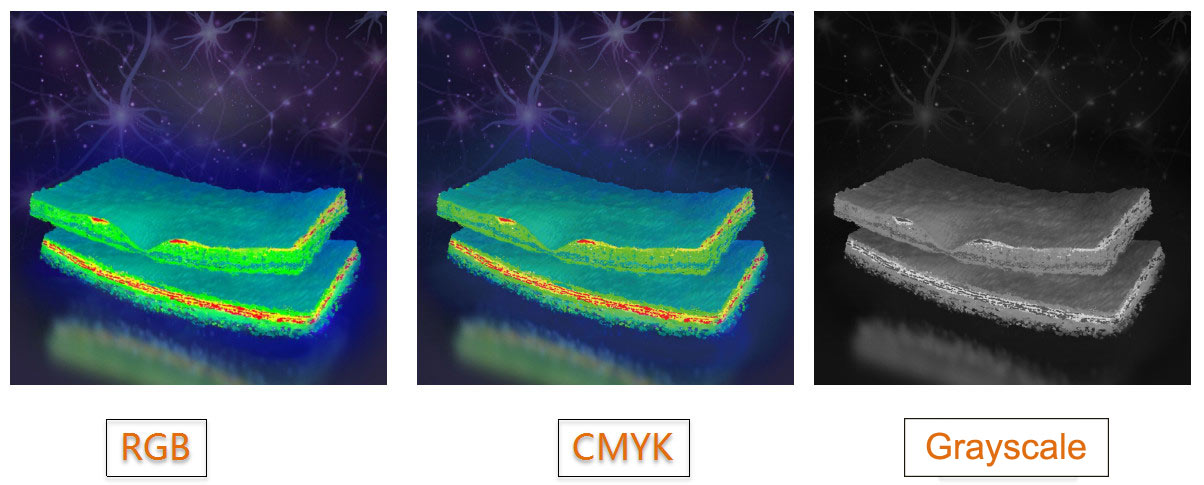
1、Gray scale
Definition: also known as grayscale map, the image expressed in gray scale is called grayscale map.
Grayscale color: pure white, pure black and a series of transition colors from black to white.
Features: It does not contain any hue, that is, there are no colors such as red and yellow.
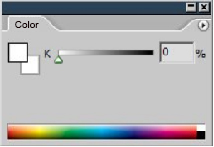

2. RGB
RGB mode is mainly used for screen display and is a luminous color mode. All colors in nature can be obtained by combining different intensities of the three color wavelengths of red, green and blue (RGB), which is what people often call the three-primary color principle. It is more suitable for electronic journals and can also be used for paper journals.
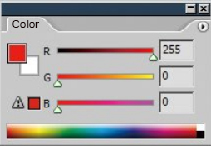

3. CMYK
CMYK color mode is a printing mode and a reflective color mode. The four letters refer to Cyan, Magenta, Yellow, and Black, representing four ink colors in printing.
CMYK mode is essentially the same as RGB mode, except that the principle of color generation is different. In RGB mode, the color is generated by mixing the colored light emitted by the light source, while in CMYK mode, the light shines on paper with different proportions of C, M, Y, and K inks. After part of the spectrum is absorbed, the light reflected to the human eye generates color. It is more suitable for paper journals.
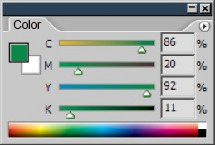
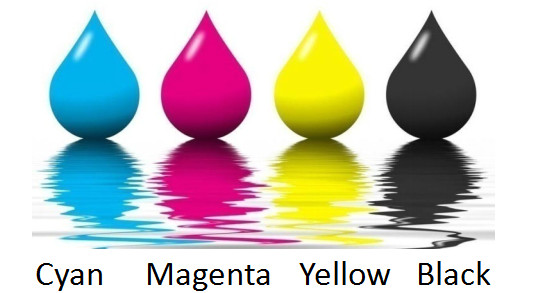
4, Notes:
CMYK and RGB are the most common color modes in academic journals.
For the mutual conversion of the two image color modes, the CMYK color range (gamut) and RGB mode are relatively small, so the CMYK mode can be converted to RGB mode, while RGB mode may cause color distortion when converted to CMYK mode.

For example, the two journal covers below demonstrate how color modes impact design: the left cover is in RGB mode, while the right cover has been converted to CMYK mode. Due to CMYK's smaller color gamut, the hues appear more vivid and abrupt, with weaker transitions. This shift is a common challenge in scientific cover design, where accurate color representation is crucial.
This color mode conversion problem is also frequently encountered by many researchers when making diagrams, We hope today’s discussion helps you navigate these color mode conversions effectively!

Our hours
Beijing time: 9:00-18:00